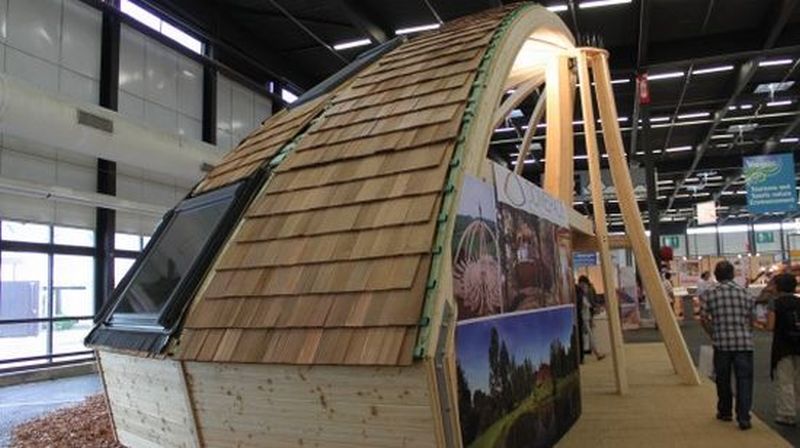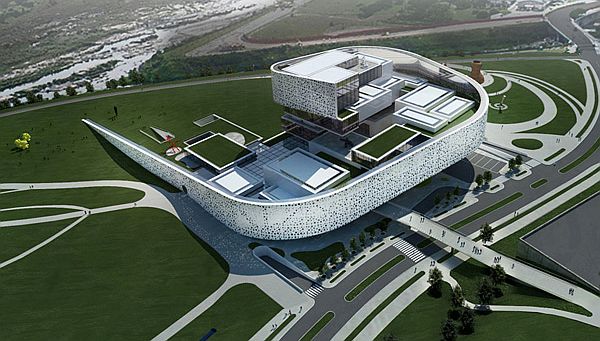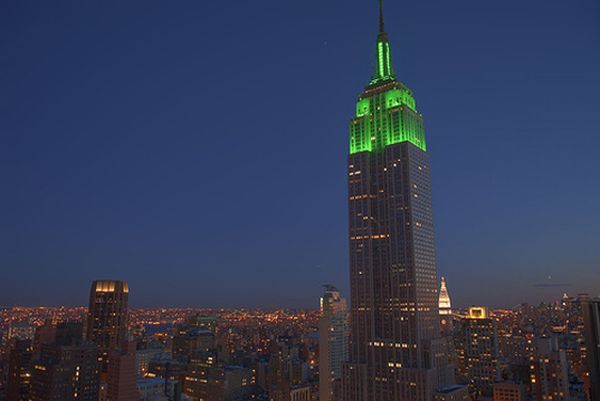
When a home tries to be eco-friendly, it means increased efficiency in the use of energy by those who live within it. But when a skyscraper goes green, the whole world sits up and notices the importance of being environmentally friendly. Massive publicity is as much a part of the going green initiative taken up by some of the tallest skyscrapers across the world as the use of energy efficient materials and techniques.
Taiwan’s tallest skyscraper undergoes $1.9m green facelift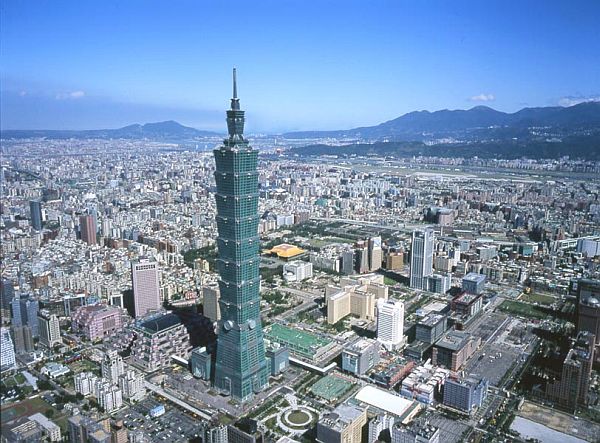
Ranked the tallest building in the world until it was overtaken by Burj Dubai in 2007, Taipei 101 of Taiwan stands at an impressive 509m. The builders of this 101 floor building, Taipei Financial Center Corp (TFC) are hoping to that the Taipei 101 earns the title of the “world’s tallest green building” with its revamp. The TFC announced that the project aimed at recognition from the US Green Building Counil in the form of a Leadership in Energy and Environmental Design (LEED) certificate. The green face-lift for the skyscraper cost $1.9m. Some of the innovative plans include the company’s piping structure design that will lead to the use of rainwater in the toilets throughout the entire building.
The building currently runs up a whopping $6m electricity bill annually. The facelift is meant to reduce the water and energy consumption by 10%. The modifications were being made by Siemens, environmental management firm EcoTech International Group and interior design consultancy The Steven Leach Group.
The measures start from installation of energy efficient light bulbs and tubes to a renovation of the heating, cooling and ventilation systems within the entire building. The transformation will be so thorough that it may also see the use of only locally produced food within the building’s restaurant. This is meant to reduce the costs and the harmful effects that transportation involves.
The Taipei 101’s attempts at going green aren’t entirely new – it has already taken a number of initiatives such as a double-glazed curtain wall that is meant to keep the building safe from the soaring summer temperatures of Taiwan.
Empire State Building getting green facelift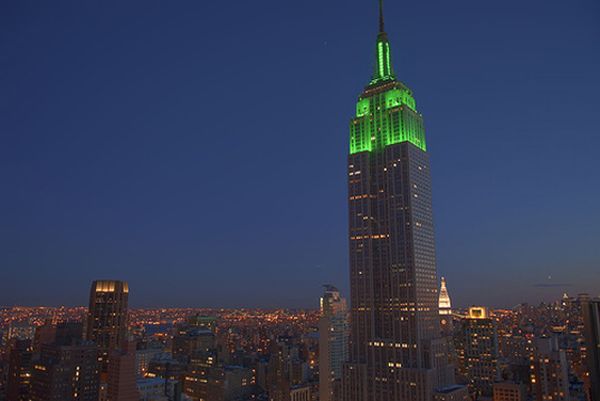
One of the most popular New York landmarks and an important business center, the green revamp for Empire State Building is to lead to a reduction of carbon emission upto 105,00 metric tones, approximately the annual emission of 175,000 cars.
The transformation, spearheaded by former president Bill Clinton’s foundation is proclaimed to be an attempt to prove to the world that the costs of such a major uplift is good for business. After the green makeover is completed the Empire State Building is expected to see a $4.4m reduction in energy costs.
Costing $20m, the green revamp involves the installation of insulated glass windows that will help control temperatures within the building. It will also lead to environmentally friendly ways of dealing with ventilation, lighting and water supply.
The project aims to serve as an example to the rest of the skyscrapers within New York that contribute to about 79% of the city’s carbon emissions currently. The project is also backed by the mayor Michael Bloomberg who aims to reduce the carbon footprint of the city upto 30% by 2030. The renovations within the Empire State Building are to be completed by 2013 if all goes according to plan.
LAVA proposes to facelift Sydney’s UTS Tower with a shimmering ‘Eco-Skin’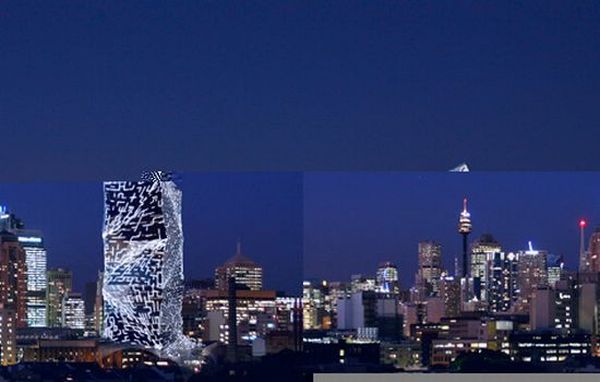
Nothing screams out makeover as much as the title of being the ugliest building in all of Sydney. The UTS Tower in NSW, Australia in attempts to discard this title decided on a makeover by Laboratory for Visionary Architecture (LAVA). The architectural giant used this opportunity to come up with an innovative transformation that will be a large step towards making architecture eco friendly.
The proposed plans include a “Tower Skin” – a transparent mesh, made using lightweight textile, to not only increase the building’s visual appeal but also lead to the creation of renewable energy thanks to the use of photovoltaic cells within it. The change to a more eco friendly design will also lead to use of rainwater and better lighting within the building.
CIS Tower, Manchester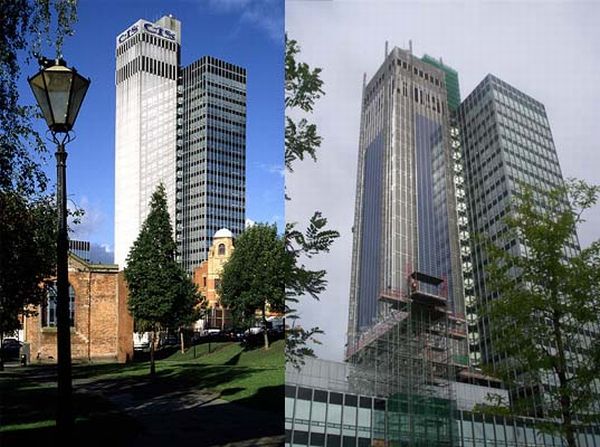
It may no longer be the tallest building in Manchester city center but the CIS tower is certainlythe first one to go green. The ambitious plan is to cost the building owners £5m. With the placement of over 7,000 solar panels, the project is certainly a very costly one. However, in this case, the publicity that turning green involves definitely trumps cost concerns.
The panels are considered to provide 10% of the energy required by the building, which will definitely see a noticeable reduction in electricity within the building.
Hearst Tower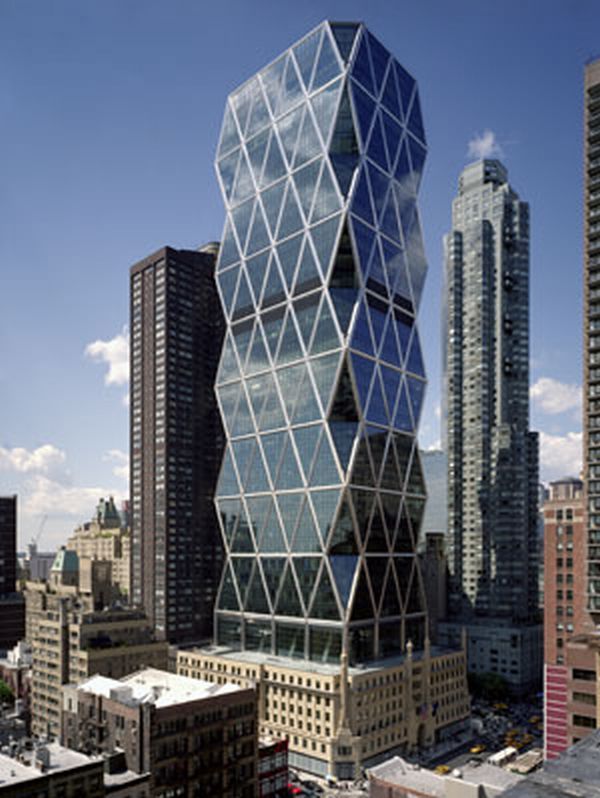
The Hearst Tower in New York is one of the first buildings in the city to have been provided the Gold LEED certificate. A symbol of the rise of corporate strength within the city in the 60s, this building is as much an architectural marvel. Among the several firsts for the building is its “diagrid” construction (a diagonal frame) instead of vertical steel beams, leading to a 20% decrease in the use of total steel.
The Hearst Towers replaced the original Hearst headquarters that was built in 1928. 85% of the tower’s building material has been obtained from the art deco inspired structure that it replaced. The building is also one of the earliest examples of energy conservation with its low requirement of energy and a piping system that supports water conservation.
$350 million green facelift for Sears Tower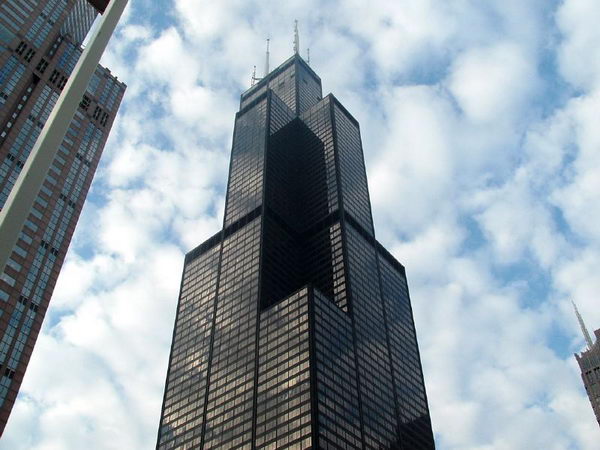
Giving serious competition to the Taipei 101 in becoming the tallest building in the world to go green, the Sears Towers is looking towards a $350 million renovation that will lead to major energy and water conservation within the building. It will lead to as much as 80% reduction in the building’s power consumption and saving of upto 24 million gallons of water a year.
The design is also probably one of the few to use wind turbines to provide energy. It will be installed on the roof to test the possibility of meeting the building’s requirements using wind energy. The towers will also include a garden that will take up approximately 30,000 square feet of the building’s roof. Heating within the building is to be undertaken by solar panels that will also be installed on the roof. The project is estimated to take 5 years for its completion.
Western Canada’s oldest skyscraper Union Bank Tower gets a facelift
The Union Bank Tower which has been vacant for over 18 years is to see a makeover with its takeover by Paterson GlobalFoods Institute. The fomer Royal Bank of Canada owned property is to be renovated by the Red River College and will house student-operated restaurants and food labs.
The building is being revamped by Prairie Architects. The design is to include energy efficient innovations while retaining the historic character of the Tower. In keeping with the idea of combining the old and new is the addition of insulated, foam sprayed walls to the original marble corridors and maple flooring that help keep the temperature within the building stable. Modern touches to the building will include a glass exterior and high-performance operable windows. The building also aims to obtain a LEED certificate. The total cost of renovation is expected to be $27 million.
100 Park Avenue Gets a Facelift Courtesy of Aluminum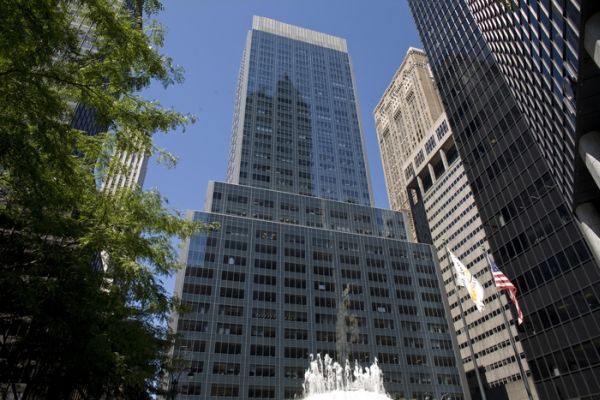
The oldest business center of Park Avenue, 100 Park Avenue has always been ahead of its times. The building owners hired Moed de Armas & Shannon Architect from New York to undertake the renovations. The architects chose to use Reynobond aluminium composite material for the skyscraper’s façade to give it a cutting edge modern look. The material also has a high recyclable content that makes it a more eco-friendly option.
The redevelopment is considered to cost a mind blowing $72 million and will help retain the veneer brick that is used to create the original interior façade of the building. It’s green touch include 14 green roofs with low maintainance/water consumption XeroFlormat system that makes it ideal for recycling. The building also houses low-flow plumbing fixtures that helps reduce water consumption by 50%. The building is now one of the first retrofit buildings in New York to receive LEED Silver certification.



